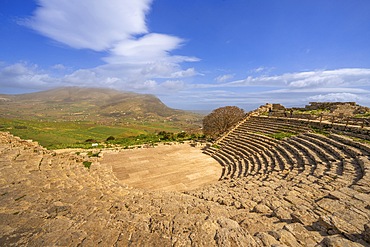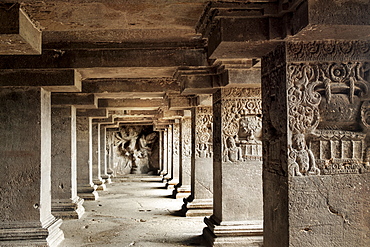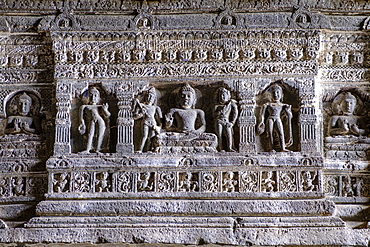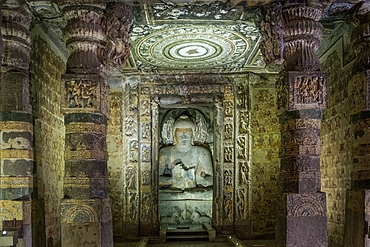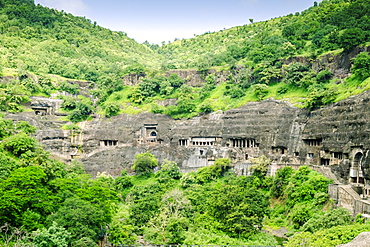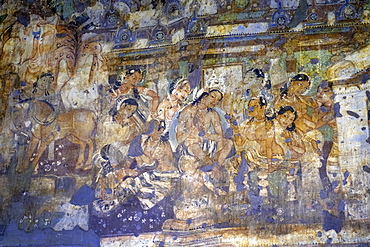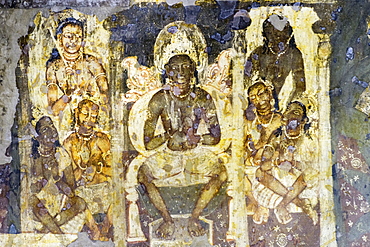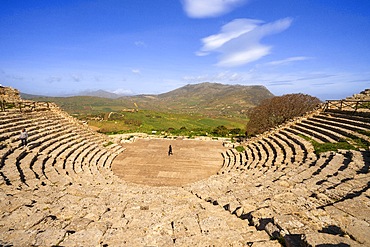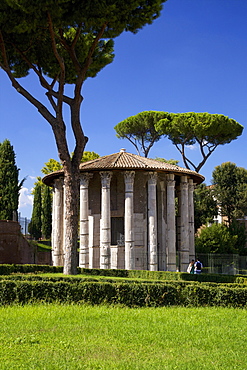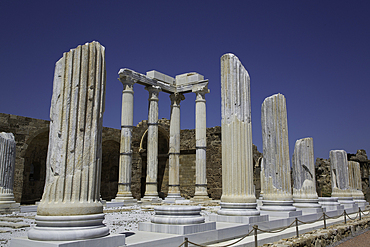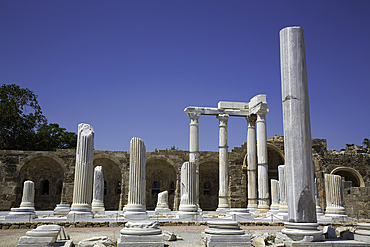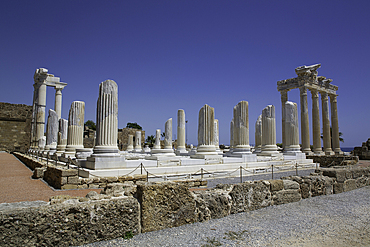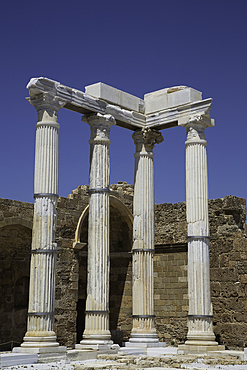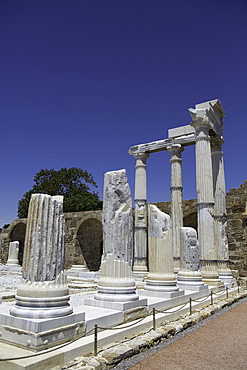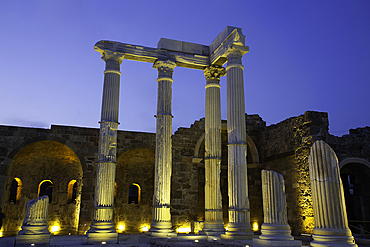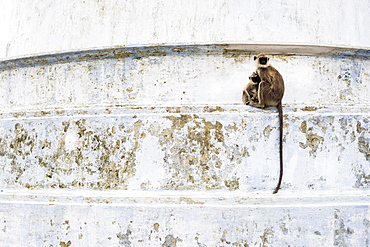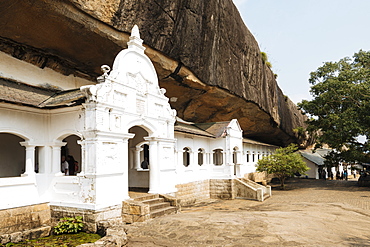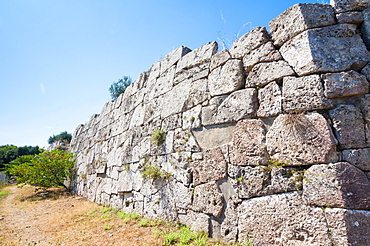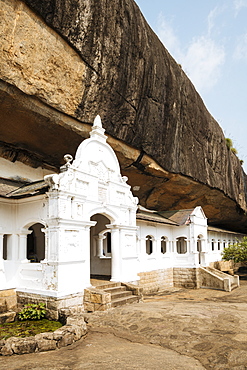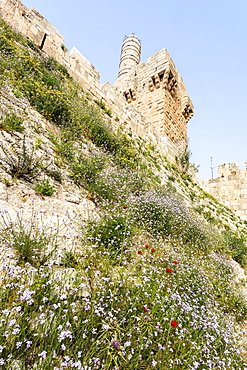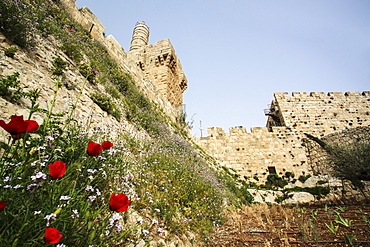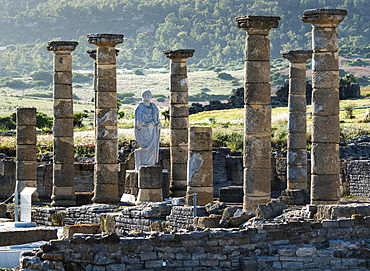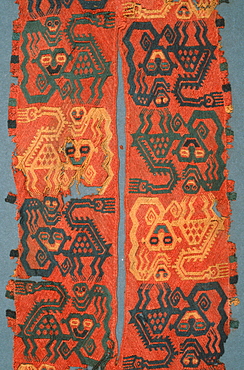Results
74 results found
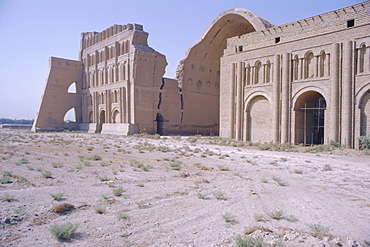
Ctesiphon (Al-Mada'in), the city dates from the 2nd century BC, 20 mile south of Baghdad, Iraq, Middle East
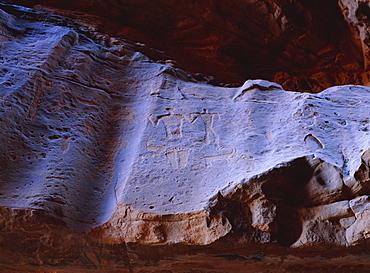
Rock drawings of Thamudic origin, relating to ancient tribe of Thamud, 3rd century BC to 2nd century AD, in canyon of Jebel Khazali, south of Rum village, Wadi Rum, Jordan
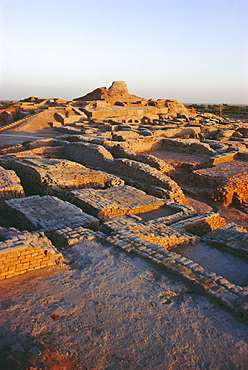
The Citadel with Buddhist Stupa 2nd century AD, Mohenjodaro, Indus Valley Civilization 3rd-2nd centuries BC, Pakistan

The main view of the Quintili's villa built in the 2nd century BC on the Appian Way, Rome, Lazio, Italy, Europe
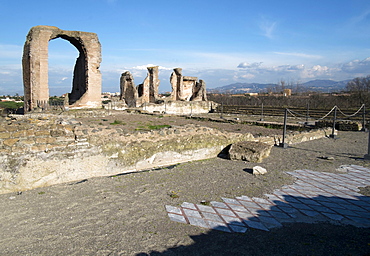
View of the grand Atrium of the Quintili's villa, built in the 2nd century BC on the Appian Way, Rome, Lazio, Italy, Europe
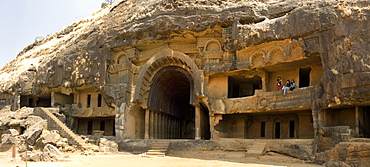
The main open chaitya (temple) in the Bhaja Caves, excavated in basalt, Lonavala, Western Ghats, Maharashtra, India, Asia
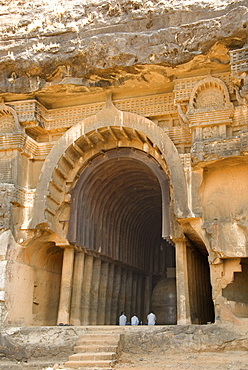
The main open chaitya (temple) in the Bhaja Caves, excavated in basalt, Lonavala, Western Ghats, Maharashtra, India, Asia

Bas-reliefs inside the Temple of Opet, Karnak Temple, Luxor, Thebes, UNESCO World Heritage Site, Egypt, North Africa, Africa
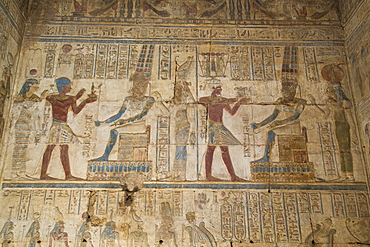
Bas-reliefs inside the Temple of Opet, Karnak Temple, Luxor, Thebes, UNESCO World Heritage Site, Egypt, North Africa, Africa
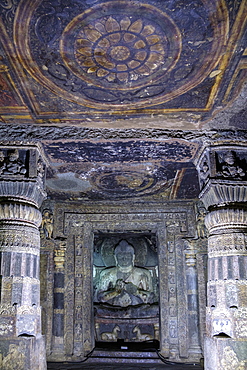
Buddha statue and painting in the Ajanta Caves, UNESCO World Heritage Site, Maharashtra, India, Asia
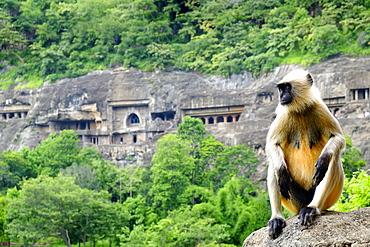
Grey langur monkey (Hanuman Langur) (Semnopithecus sp.) outside the Ajanta Caves, UNESCO World Heritage Site, Maharashtra, India, Asia

The Quintili brothers, Roman Consuls, built this magnificent villa in the year 151 BC on the Appian Way, Rome, Lazio, Italy, Europe
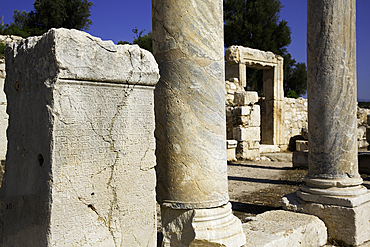
Inscriptions, Marble Columns, Harbor Street, 2nd Century BC, Patara Ancient City (origins back to 5,500 BC), Patara National Park, Antalya, Turkey
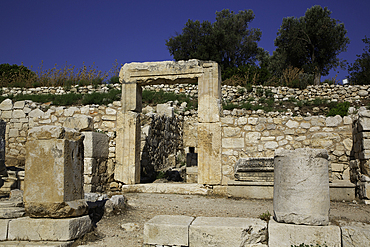
Shop Entrance, Harbor Street, 2nd Century BC, Patara Ancient City (origins back to 5,500 BC), Patara National Park, Antalya, Turkey
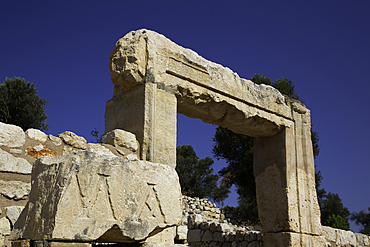
Stone Carved Letters at Shop Entrance, Harbor Street, 2nd Century BC, Patara Ancient City (origins back to 5,500 BC), Patara National Park, Antalya, Turkey
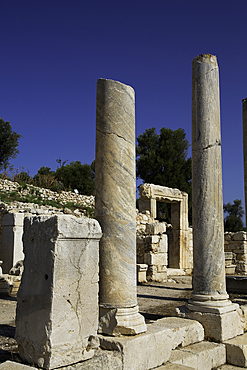
Inscription, Marble Columns, Harbor Street, 2nd Century BC, Patara Ancient City (origins back to 5,500 BC), Patara National Park, Antalya, Turkey
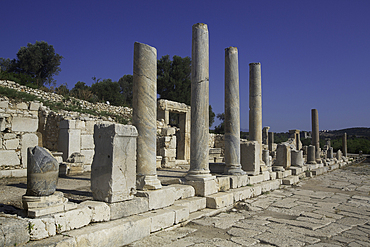
Marble Columns, Shop Entrance (background), Harbor Street, 2nd Century BC, Patara Ancient City (origins back to 5,500 BC), Patara National Park, Antalya, Turkey

Marble Columns, Harbor Street, 2nd Century BC, Patara Ancient City (origins back to 5,500 BC), Patara National Park, Antalya, Turkey
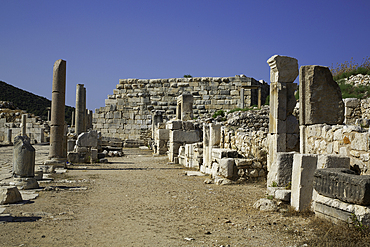
Marble Columns, Shop Entrances (left), Harbor Street, 2nd Century BC, Patara Ancient City (origins back to 5,500 BC), Patara National Park, Antalya, Turkey
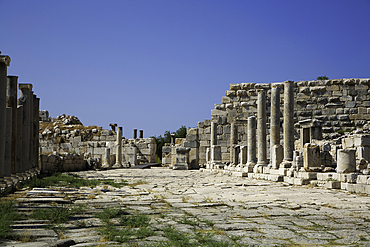
Harbor Street, 2nd Century BC, Patara Ancient City (origins back to 5,500 BC), Patara National Park, Antalya, Turkey
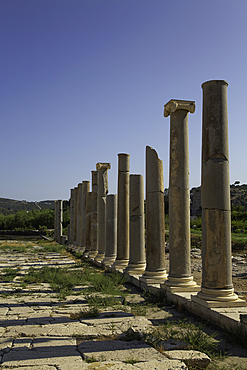
Granite Columns, Harbor Street, 2nd Century BC, Patara Ancient City (origins back to 5,500 BC), Patara National Park, Antalya, Turkey
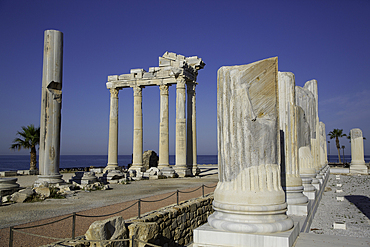
Temple of Apollo (2nd Century AD), Columns of Athena Temple (foreground), 2nd Century BC, Side, Antalya, Turkey

Statue at Ruvanvelisaya Dagoba, Mahavihara (The Great Monastery), Anuradhapura, UNESCO World Heritage Site, Cultural Triangle, Sri Lanka,Asia

Statue at Ruvanvelisaya Dagoba, Mahavihara (The Great Monastery), Anuradhapura, UNESCO World Heritage Site, Cultural Triangle, Sri Lanka,Asia
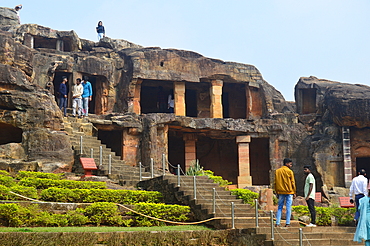
Udayagiri and Khandagiri caves located in the outskirt of Bhubaneswar capital of,Odisha these caves were made around 1st and 2nd century BC.King Kharavela of Kalinga dynasty built these caves for Jain monks to provide them a place to rest and meditate.
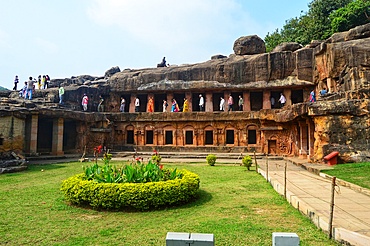
Udayagiri and Khandagiri caves located in the outskirt of Bhubaneswar capital of,Odisha these caves were made around 1st and 2nd century BC.King Kharavela of Kalinga dynasty built these caves for Jain monks to provide them a place to rest and meditate.
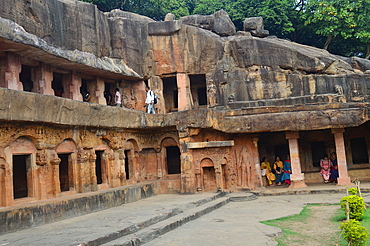
Udayagiri and Khandagiri caves located in the outskirt of Bhubaneswar capital of,Odisha these caves were made around 1st and 2nd century BC.King Kharavela of Kalinga dynasty built these caves for Jain monks to provide them a place to rest and meditate.
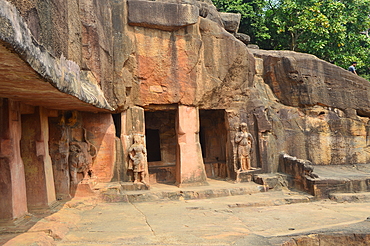
Udayagiri and Khandagiri caves located in the outskirt of Bhubaneswar capital of,Odisha these caves were made around 1st and 2nd century BC.King Kharavela of Kalinga dynasty built these caves for Jain monks to provide them a place to rest and meditate.
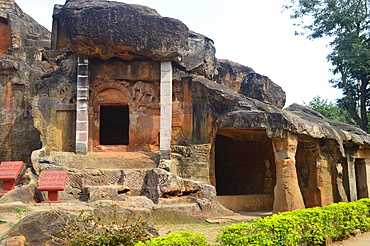
Udayagiri and Khandagiri caves located in the outskirt of Bhubaneswar capital of,Odisha these caves were made around 1st and 2nd century BC.King Kharavela of Kalinga dynasty built these caves for Jain monks to provide them a place to rest and meditate.
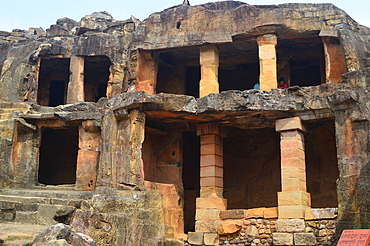
Alkapuri Gumpha Cave No 4 at Udayagiri and Khandagiri located in the outskirt of Bhubaneswar capital of Odisha these caves were built around 1st and 2nd century BC during the reign of King Kharavela of Kalinga dynasty for the abode of Jain ascetics.
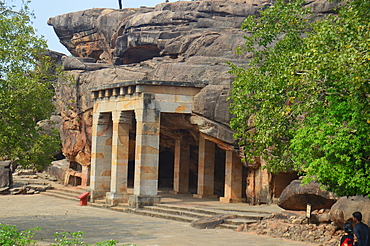
Hathi Gumpha Cave No 14 at Udayagiri and Khandagiri hills located in the outskirt of Bhubaneswar capital of Odisha these caves were built around 1st and 2nd century BC during the reign of King Kharavela of Kalinga dynasty for the abode of Jain ascetics.
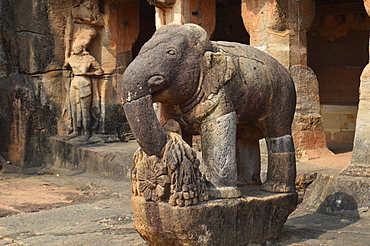
Elephant Statue at Ganesha Gumpha in Udayagiri and hills located in the outskirt of Bhubaneswar capital of Odisha these caves were built around 1st and 2nd century BC during the reign of King Kharavela of Kalinga dynasty for the abode of Jain ascetics.
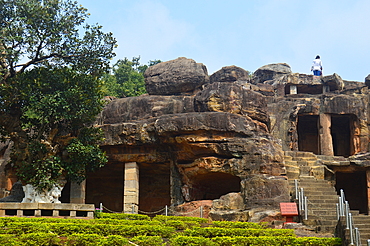
Jai Vijay Gumpha Cave No 5 at Udayagiri and Khandagiri hills located in the outskirt of Bhubaneswar capital of Odisha these caves were built around 1st and 2nd century BC during the reign of King Kharavela of Kalinga dynasty for the abode of Jain ascetics

Mancapuri and Swargapuri Gumpha Cave No 9 at Udayagiri hills located in the outskirt of Bhubaneswar capital of Odisha these caves were built around 1st and 2nd century BC during the reign of King Kharavela of Kalinga dynasty for the abode of Jain ascetic
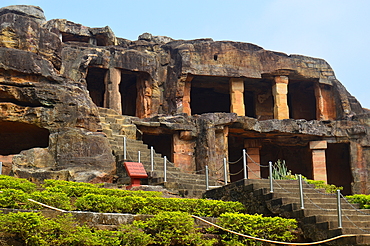
Udayagiri and Khandagiri caves located in the outskirt of Bhubaneswar capital of,Odisha these caves were made around 1st and 2nd century BC.King Kharavela of Kalinga dynasty built these caves for Jain monks to provide them a place to rest and meditate.
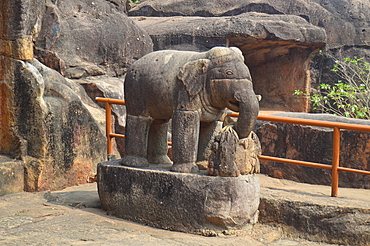
Elephant Statue at Ganesha Gumpha in Udayagiri and hills located in the outskirt of Bhubaneswar capital of Odisha these caves were built around 1st and 2nd century BC during the reign of King Kharavela of Kalinga dynasty for the abode of Jain ascetics.
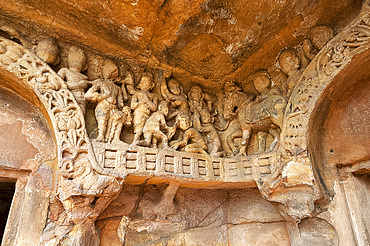
Detail of 2nd century BC Jain carvings of figures taking part in a Jain ceremony in the Rani Gumpha cave at Udayagiri archaeological site, near Bhubaneswar, Odisha, India, Asia
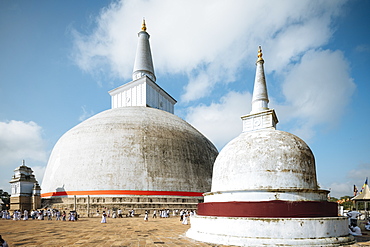
Ruwanweli Saya Dagoba (Golden Sand Stupa), Anuradhapura, UNESCO World Heritage Site, North Central Province, Sri Lanka, Asia
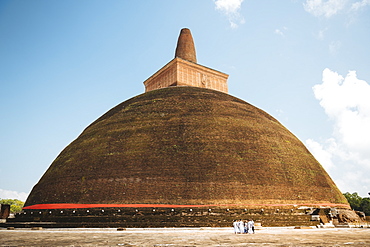
Abhayagiri Dagoba, Anuradhapura, UNESCO World Heritage Site, North Central Province, Sri Lanka, Asia
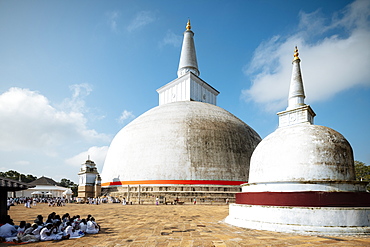
Ruwanweli Saya Dagoba (Golden Sand Stupa), Anuradhapura, UNESCO World Heritage Site, North Central Province, Sri Lanka, Asia

Ruwanweli Saya Dagoba (Golden Sand Stupa), Anuradhapura, UNESCO World Heritage Site, North Central Province, Sri Lanka, Asia
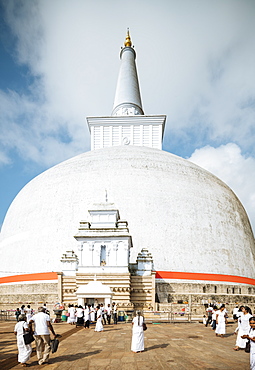
Ruwanweli Saya Dagoba (Golden Sand Stupa), Anuradhapura, UNESCO World Heritage Site, North Central Province, Sri Lanka, Asia
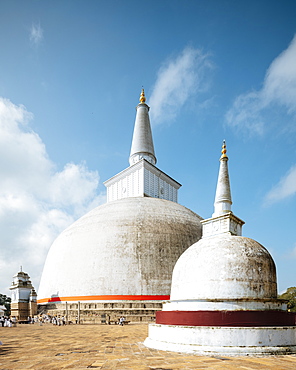
Ruwanweli Saya Dagoba (Golden Sand Stupa), Anuradhapura, UNESCO World Heritage Site, North Central Province, Sri Lanka, Asia
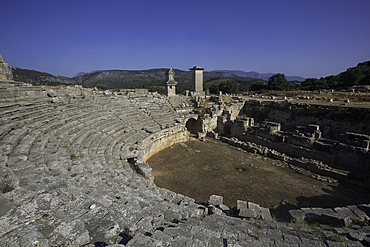
Roman Theater, 2nd Century BC, Xanthos Archaeological Site, Originally Founded 8th Century BC, UNESCO World Heritage Site, Near Kalkan, Antalya, Turkey
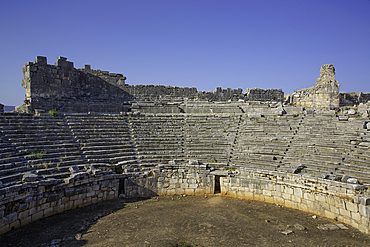
Roman Theater, 2nd Century BC, Xanthos Archaeological Site, Originally Founded 8th Century BC, UNESCO World Heritage Site, Near Kalkan, Antalya, Turkey

Roman Theater, 2nd Century BC, Xanthos Archaeological Site, Originally Founded 8th Century BC, UNESCO World Heritage Site, Near Kalkan, Antalya, Turkey
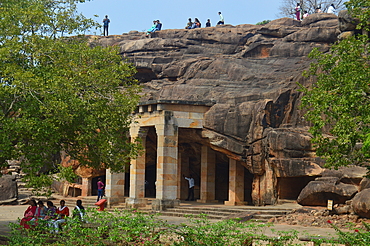
Udayagiri and Khandagiri caves located in the outskirt of Bhubaneswar capital of,Odisha these caves were made around 1st and 2nd century BC.King Kharavela of Kalinga dynasty built these caves for Jain monks to provide them a place to rest and meditate.
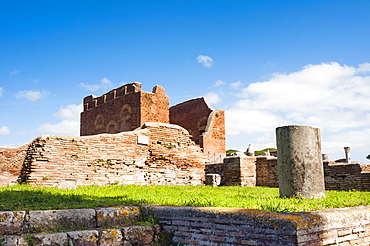
The Curia and Capitolium behind, Ostia Antica archaeological site, Ostia, Rome province, Lazio, Italy, Europe

Elephant carving on a moonstone at the Abhayagiri Monastery, Anuradhapura, UNESCO World Heritage Site, Sri Lanka, Asia
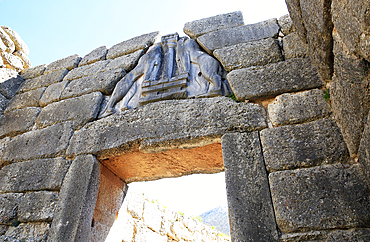
The Lions' Gate in the ruins of the ancient city of Mycenae, UNESCO World Heritage Site, Peloponnese, Greece, Europe

Capitolium, Ruins of Main temple on the Arx, Roman town of Cosa, Ansedonia, Grosseto province, Maremma, Tuscany, Italy, Europe
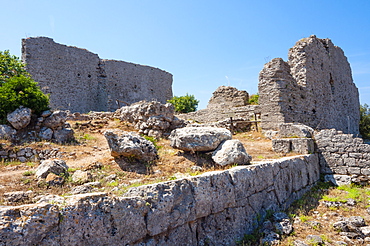
Capitolium, Ruins of Main temple on the Arx, Roman town of Cosa, Ansedonia, Grosseto province, Maremma, Tuscany, Italy, Europe
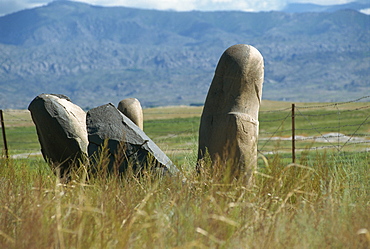
Turkic tombs dating from between the 2nd century BC and the 7th century AD, Kayinarl, Altay Mountains, northeast Xinjiang, China, Asia
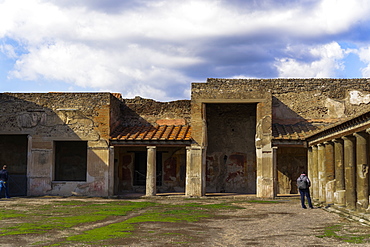
Terme Stabiane interior. 2nd century BC thermal complex, Stabian Baths, with columns at porticoed gym area, Pompeii, UNESCO World Heritage Site, Campania, Italy, Europe
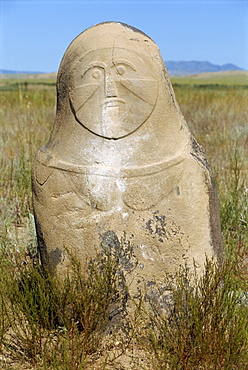
Carved figure at the Kayinarl Tombs, Turkic from 2nd century BC to 7th century AD, in the Altay mountains, Xinjiang, China, Asia

The Punic mausoleum, dating from 2nd century BC, Roman city of Sabratha, UNESCO World Heritage Site, Libya, North Africa, Africa
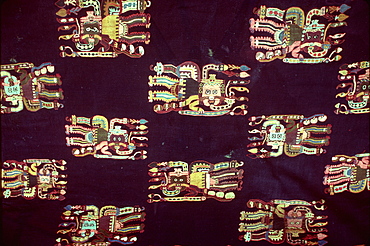
Paracas Culture, 300BC-100AD, funerary wrap with fantastic zoomorphic figures finest Pre-Columbian textiles Archaeology Museum, Lima, Peru

